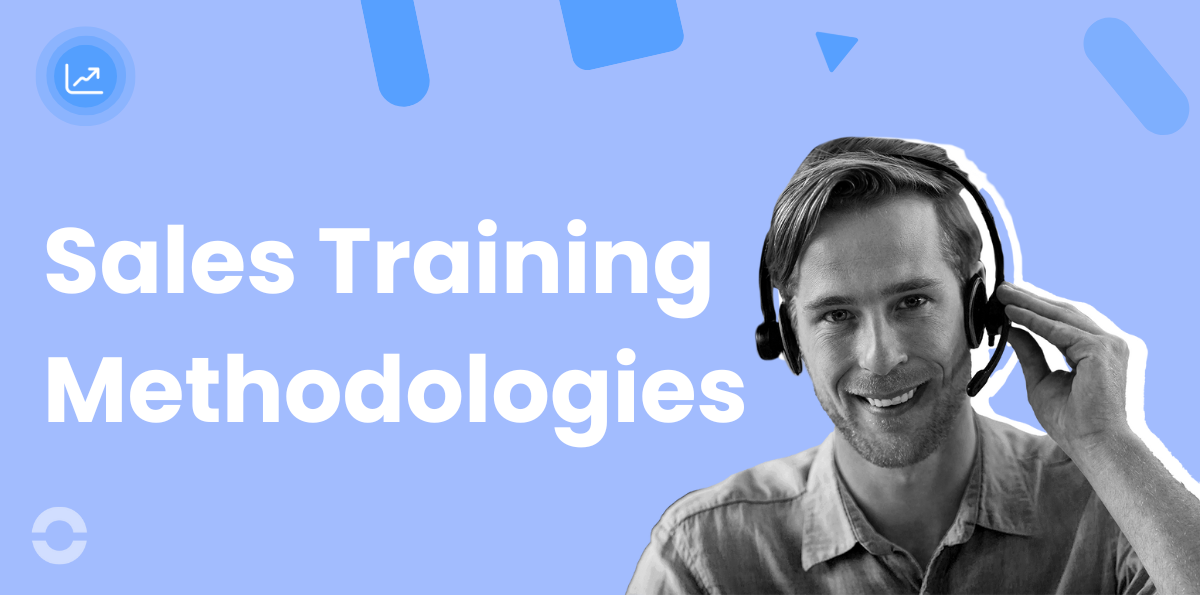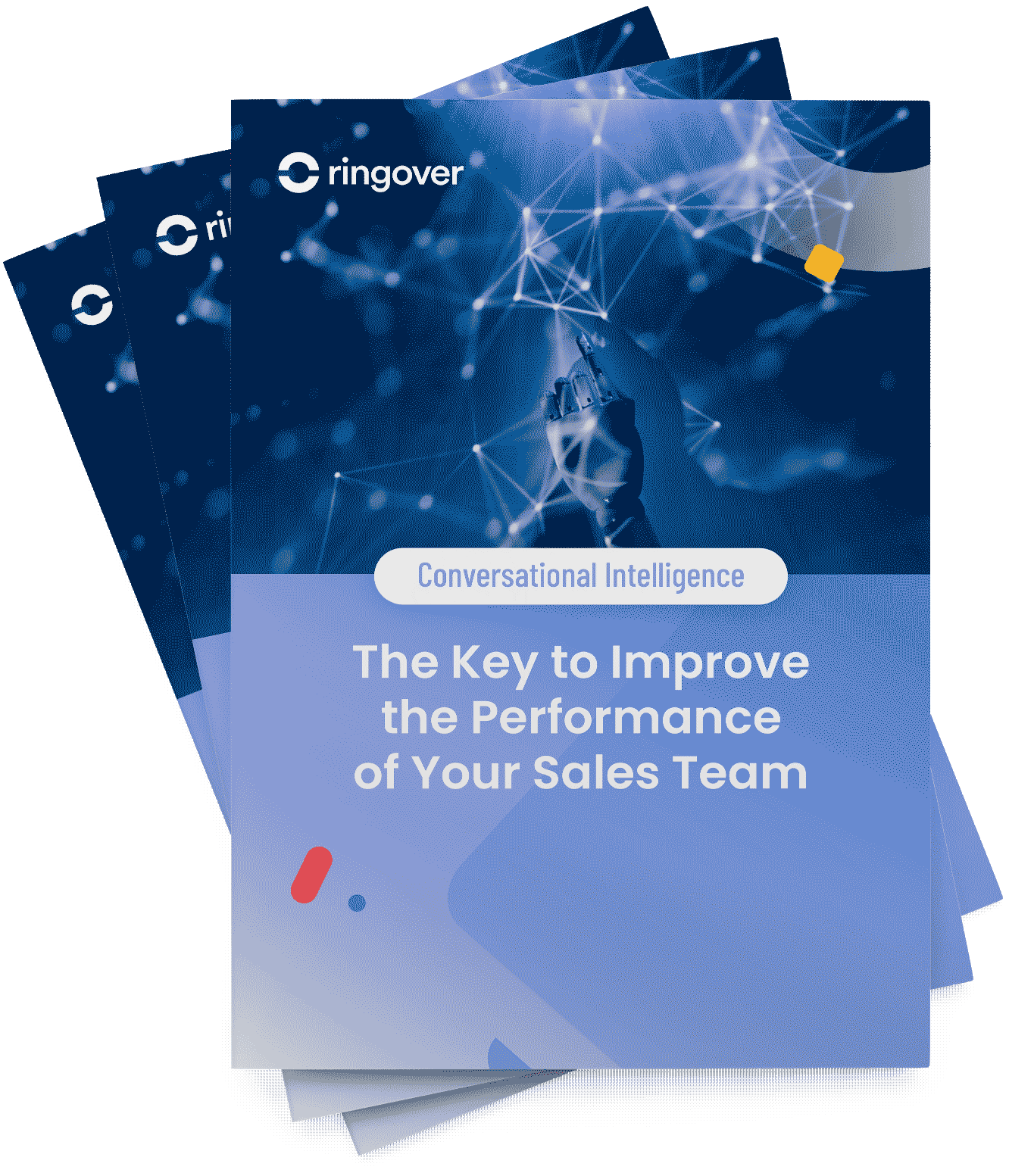Summary
In a competitive market, having a well-trained sales team provides a significant advantage. To help salespeople reach their full potential, continuous learning and development are not just helpful—they are critical for success [2]. Companies that prioritize comprehensive sales development report an impressive average return on investment (ROI) of 353% and are far more effective than their competitors [7].
On the other hand, the cost of not training your team can be very high. High employee turnover is often a direct result of inadequate training, creating a costly and disruptive cycle for any sales organization [6]. This article will walk you through 15 proven sales training methodologies that are designed to build skills, boost team morale, and drive better performance.
Foundational Sales Training Methodologies
These methodologies serve as the building blocks for many modern sales strategies. They all share a common goal: to better understand and address the needs of the customer.
1. The Challenger Sale
This popular methodology is based on a three-part process: Teach, Tailor, and Take Control. Instead of just building relationships, Challenger reps teach prospects something new about their business, tailor their sales pitch to the prospect's specific needs, and confidently take control of the conversation to guide it towards a solution [1].
2. SPIN Selling
SPIN is an acronym that guides a salesperson's questions during a discovery call. It stands for:
- Situation: Asking about the prospect's current situation.
- Problem: Asking about the challenges or problems they are facing.
- Implication: Asking about the consequences if those problems are not solved.
- Need-payoff: Asking what their world would look like if the problems were solved.
This classic technique trains reps to help prospects realize the full scope of their issues and see the value in finding a solution.
3. Solution Selling
With Solution Selling, the focus shifts from selling products to selling outcomes. Sales reps act more like consultants, first working to diagnose a customer's specific pain points. Once the problem is fully understood, they recommend a customized "solution" that addresses those issues, which may include a combination of products and services.
4. Value Selling
The Value Selling framework is all about connecting a product or service to the real, measurable value it brings to a customer's business. Sales reps are trained to present their offering in terms of tangible benefits like ROI, money saved, or time gained, making it easier for decision-makers to justify the purchase.
5. Sandler Selling System
The Sandler Selling System is a unique approach where the buyer essentially convinces the seller to sell to them. It focuses on building mutual trust and creating an equal partnership between the buyer and seller. A core tactic is the "upfront contract," where both parties agree on the purpose and agenda for every meeting, ensuring no time is wasted.
Modern & Relationship-Focused Methodologies
As sales have become more complex, strategies have shifted toward building long-term relationships and navigating large buying groups within companies.
6. MEDDIC (or MEDDPIC)
MEDDIC is a sales qualification methodology designed for B2B sales teams dealing with complex deals and long sales cycles. It is an acronym that helps sales reps ensure they are talking to the right companies.
- Metrics: What are the quantifiable results the prospect wants to achieve?
- Economic Buyer: Who has the final say and controls the budget?
- Decision Criteria: What specific criteria will the company use to make its decision?
- Decision Process: What are the steps the company will take to reach a decision?
- Identify Pain: What is the core problem that needs to be solved?
- Champion: Who inside the company will advocate for your solution?
Using the MEDDIC sales methodology helps teams qualify their leads more effectively and build a more predictable sales pipeline.
7. Consultative Selling
This methodology trains sales reps to act as expert advisors. The main goal is to build credibility and trust by focusing entirely on the customer's needs first. Only after a deep understanding is established does the rep offer a solution, positioning themselves as a trusted partner. This approach has a lot in common with other types of training coaching in the workplace, as it prioritizes guidance over a hard sell.
8. Relationship Selling
As its name implies, this approach prioritizes building a strong, long-term relationship with a client over making a single sale. The focus is on creating genuine rapport and providing consistent value over time. This leads to loyal customers who provide repeat business and referrals, which is a key way to increase sales for the long haul.
9. Conceptual Selling
Conceptual Selling is a method where the salesperson focuses on uncovering the customer's "concept" of their problem and their vision for a perfect solution. The sale is made by showing how the seller's product perfectly aligns with that concept, making it a win-win for both sides.
10. NEAT Selling
NEAT Selling is a modern alternative to older frameworks like BANT (Budget, Authority, Need, Timeline). It encourages reps to dig deeper to understand a prospect's true motivations. The acronym stands for:
- Needs: Focus on the core needs of the prospect.Economic Impact: Understand the financial impact of the solution.
- Access to Authority: Identify who needs to be involved in the decision.
- Timeline: Establish a clear timeline for when a decision will be made.
Empower by Ringover is powered by conversational AI, which allows it to evaluate sales agents’ performance on individual calls and holistically.
Skill-Based & Continuous Improvement Methodologies
Beyond frameworks, ongoing skill development is essential for sales success, especially since B2B sales reps forget about 70% of what they learn in training within a single week [5].
11. Role-Playing and Scenario-Based Training
This is a hands-on technique where reps practice real-world sales situations, like handling objections or negotiating price. It allows them to sharpen their skills and get feedback in a safe environment, which is why it is considered one of the most effective training approaches [3].
12. Microlearning
Microlearning breaks down complex training topics into small, bite-sized lessons. This format is perfect for busy sales reps and helps them remember more of what they learn. As an advanced training technique, it makes continuous learning easy and accessible [4].
13. AI-Powered Coaching
AI sales coaches are changing the game for sales training. Conversational AI platforms like Empower by Ringover analyse sales calls, provide real-time feedback on talk-to-listen ratios and tone, and identify winning patterns. This offers scalable, data-driven coaching for the whole team and is a cornerstone of modern business coaching.
When you're onboarding new agents or training agents, Empower's feature Pitch Room will make your life easier and the process more efficient. Pitch Room offers realistic role-playing scenarios and AI-based insights, allowing sales agents to refine their sales pitches in a safe and low-pressure environment. With multiple personas and difficulty levels available, Pitch Room ensures your team has the confidence they need to close deals IRL.
Once your agents are ready to take on real prospects, Empower continues to support your sales performance with AIRO Coach. This AI sales coach is a real-time assistant during calls which listens and provides contextual suggestions. Agents will receive tips on how to handle objections and key information, enabling them to keep the prospect on track for a sale.
Once you're post-call, Empower transcribes and summarizes all calls, ensuring that no valuable insight is missed. Not only do sales teams receive individual AI analytics, they also allow you to create searchable call moments and a call library.
14. Gamification
Gamification adds game-like elements, such as points, leaderboards, and badges, to sales training. This makes learning more fun, encourages healthy competition, and motivates reps to complete training and adopt new, positive behaviors.
15. Peer-to-Peer Learning
This methodology creates formal opportunities for salespeople to learn from each other. This can be done through team meetings where top performers share their wins, mentorship programs, or collaborative platforms where reps can share what is working for them.
How to Implement a Successful Sales Training Program
A great training program does not happen by accident. Follow these steps to build a program that delivers real results.
1. Assess Needs and Define Objectives
Start by figuring out where your team needs the most help. Look at performance data and talk to your reps to identify skill gaps. Then, set clear, measurable goals for the training. For example, your goal might be to improve client prospecting success rates or to get the whole team certified in a new sales methodology.
2. Blend Training with Ongoing Coaching
Training should not be a one-time event. To make sure new skills stick, you need to reinforce them with regular coaching. Combining training with effective management and coaching can make a seller 63% more likely to be a top performer [2]. Use ongoing sales coaching to provide personalized feedback and track progress.
3. Leverage Technology
Modern tools can make your training programs much more effective. Use call recording and analysis software from Ringover to review real sales calls and identify coachable moments. Technology enhances the entire sales call training process, from practice to real-world application.
4. Measure and Reinforce
Track call center metrics like conversion rates and deal size to see if your training is making a difference. Keep the "forgetting curve" in mind–without practice, up to 90% of new skills are lost within a year [5]. Use quizzes, role-playing, and regular check-ins to make sure skills are being used consistently.
Conclusion
The most successful sales organizations view training not as a cost, but as a strategic investment in their team. There is no single best methodology–the right approach often combines elements from several frameworks to fit your team's unique needs and your market.
By choosing a few relevant sales training methodologies and committing to ongoing reinforcement, you can build a culture of continuous learning. This empowers your team to grow, adapt, and drive predictable revenue. These principles can be applied to improve performance across all customer-facing teams, whether in sales or through focused call center training.
And if you'd like a big push from technology, consider Empower by Ringover. You can start your free trial today! You'll see how much easier it is to train your sales team thanks to its AI technology.
Citations
[1]https://salesmotion.io/blog/sales-training-methodologies
[2]https://rainsalestraining.com/blog/sales-training-techniques
[3]https://richardson.com/blog/best-sales-training-approaches
[4]https://docebo.com/learning-network/blog/advanced-sales-training
[5]https://federicopresicci.com/blog/sales-training/9-sales-training-best-practices
[6]https://qwilr.com/blog/sales-training-statistics
[7]https://linkedin.com/posts/bcarscaddon_15-critical-sales-training-statistics-for-activity-7262101876593102849-NWBs
Published on October 10, 2025.



